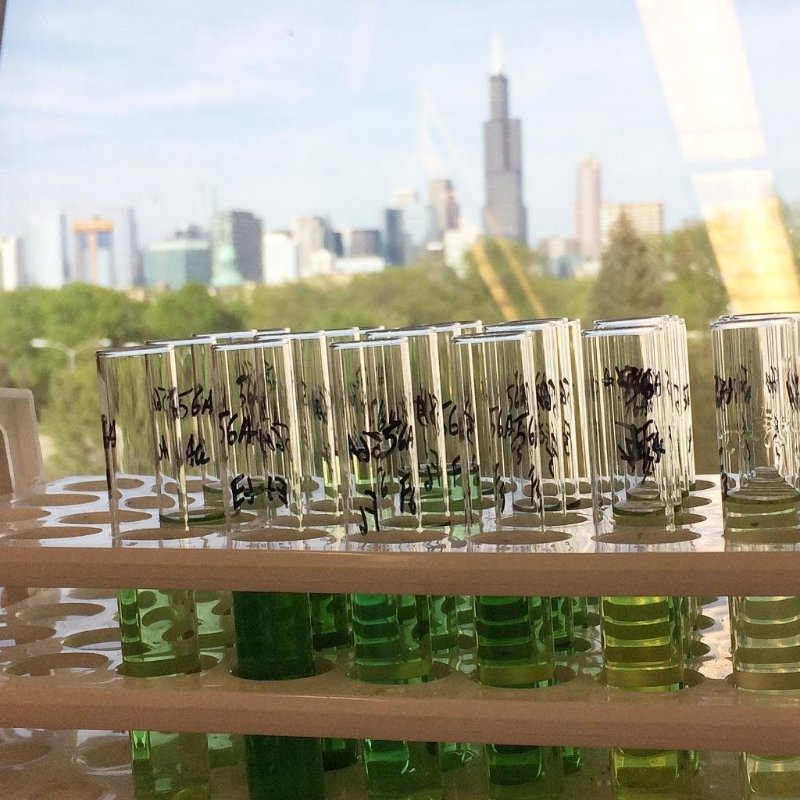I attended a cannabis convention in the suburbs of Chicago this past weekend that focused on cannabis laboratory testing in Illinois.

Given that Illinois is in uncharted territories with the legalization of Marijuana in 2020, there is some confusion on what type of testing will be required.
My goal is to shed some light on cannabis laboratory testing in Illinois and help your organization become more GMP compliant.
I believe that cannabis laboratory testing in Illinois is going to follow California and Colorado’s regulations. In that case, an organization must test for potency, terpenes, pesticides, fungicides, residual solvents, heavy metals, mycotoxin and aflatoxins, and moisture content.
A method known as high-performance liquid chromatography (HPLC) can test potency.
The method uses a pressurized solvent system to identify target molecules.
In short, the pressurized solvents pass through a column on the instrument, and target analytes attach and detach on the column at different pH’s.
A mass analyzer detector attached to the HPLC allows the scientist to calculate the mass of the target molecules exiting the column.
Also, cannabis testing labs use gas chromatography-mass spectrometry (GCMS) to detect residual pesticides, fungicides, herbicides, and solvents.
Gas chromatography (GC) is like liquid chromatography, but it uses a system of gases to separate target analytes. A mass spectrometer attached to the GC determines the mass of the compounds in a sample.
Instead of looking for a particular analyte, the scientist would make sure that these contaminants are below the required limits. To ensure the safety of consumers, cannabis laboratory testing in Illinois is likely to contain regulations requiring testing for these potentially harmful contaminants.
It is important to note that hemp has an innate ability to absorb heavy metals and toxins from the soil. It has been documented that after the events of Chernobyl, the USSR planted hemp plants in neighboring Soviet states to absorb the radiation in the soil.
In order to measure heavy metals, testing labs can use an Inductive Coupled Plasma Mass Spectrometry (ICPMS).
The medical and toxicology fields rely heavily on ICPMS. ICPMS converts compounds in your sample into atoms. Afterward, the instrument converts the atoms into ions and a mass spectrometer detects the ions. The instrumentation is highly sensitive and accurate.
Another important parameter to monitor and test for is moisture in cannabis plants.
There are a few ways to test for moisture. The most economical way is to use a moisture balance. A moisture balance uses a method called loss on drying (LOD).
A hemp plant that has more than twelve percent moisture is conducive to microbial growth. Microbial growth can result in mycotoxins, aflatoxins, and other potentially harmful compounds.
Cannabis testing labs use commercially available kits to test for mycotoxins and aflatoxins.
Neogen, a trusted name in the agriculture industry, sells sample kits. The test is simple, and the results are almost immediate.
A sample is placed on the balance, and the scale reads the weight of the sample. At the end of the test, the scale calculates the amount of moisture in the sample.
Currently, the Cannabis industry is the new frontier of regulations. The State of Illinois should pass their cannabis regulations and testing requirements soon. I hope this article helped in navigating what the reasonable expectations might be for cannabis laboratory testing.
Please feel free to reach out to one of our Illinois cannabis consultants for more information.







